Exocytosis
Today's class was tough again. Physiology is so difficult...
If I eat an onigiri, I'll head home for today.
Chew, chew... ugh...!
(What should I do! The onigiri got stuck in my throat...!)
(It's painful!)
I'll help you now! Cellnosuke!

I almost vanished from this site, I did.
I'm grateful for the help, but it was very painful.
You're too naive, Cellnosuke!
Huh?
How were you planning to get that stuck onigiri out of your throat?
Um... through my mouth...
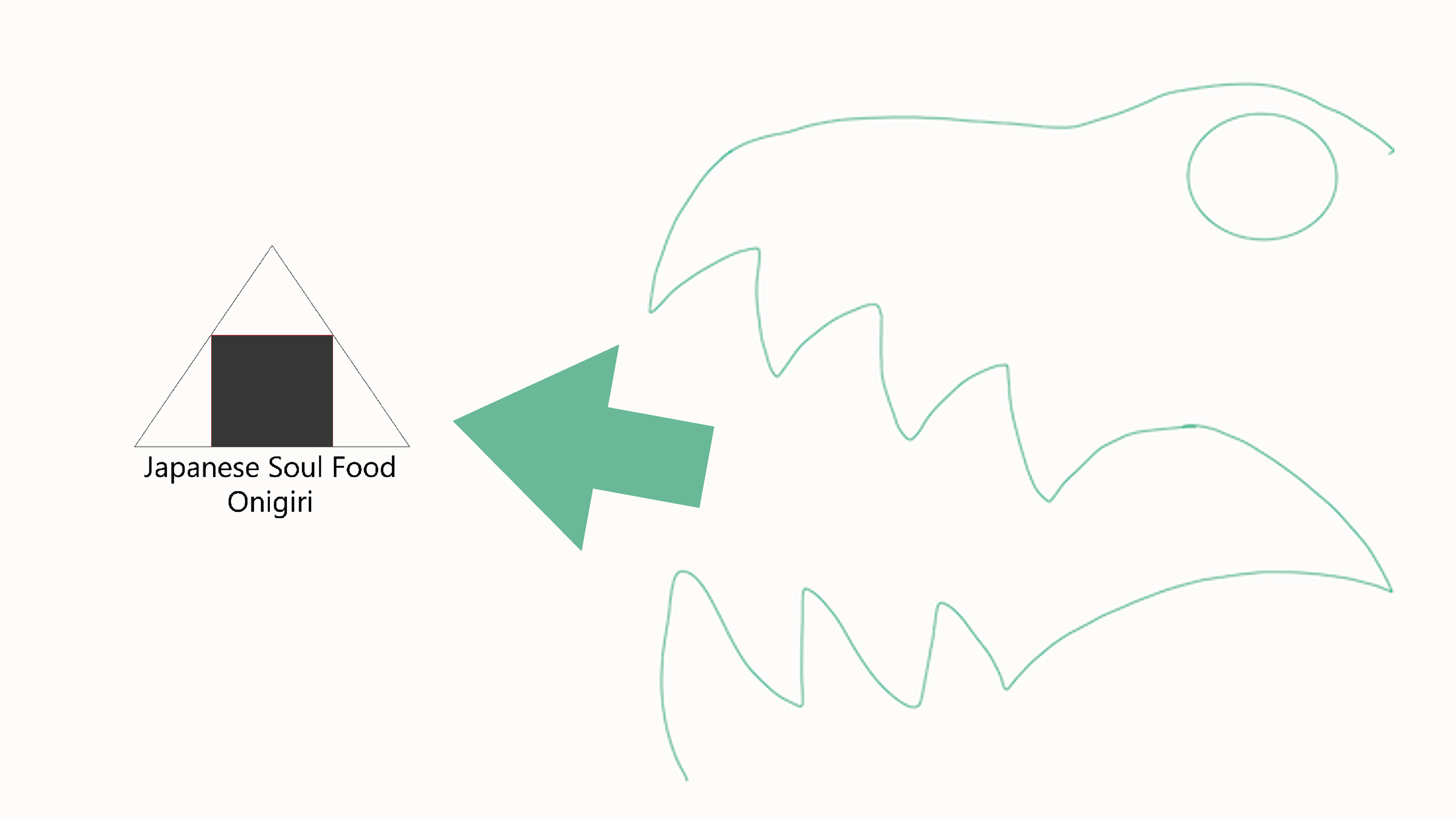
I said it before, but you don't have a mouth, do you?
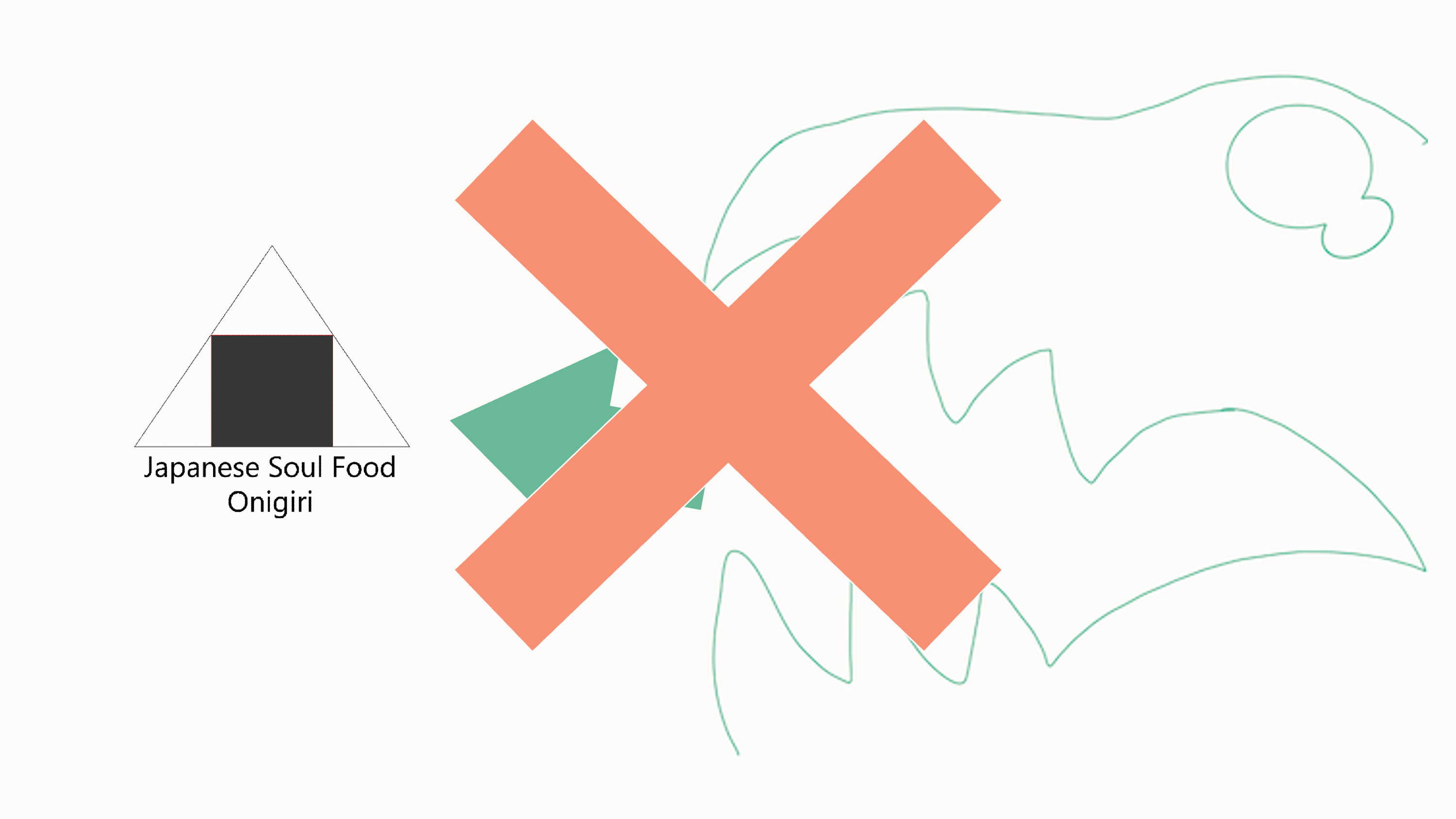
That's right...
So, in today's lecture, we'll learn how cells without mouths release substances outside the body.
Listen carefully!
Thank you, I will!
Exocytosis
Today's lecture is about exocytosis.
It's another difficult-sounding word...
Do you remember from the previous lecture when we talked about cells taking in large substances by engulfing them through the cell membrane?
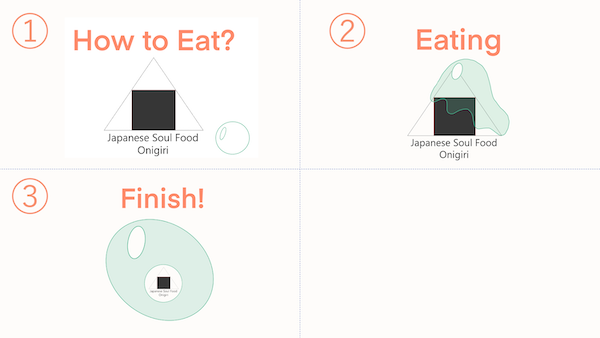
And this is called endocytosis. Is that clear so far?
I guess it's okay. (I don't remember at all...)
Well, that's fine. Let's proceed with the explanation now.
The exocytosis we'll learn today is the opposite of that.
It's the process of releasing large substances like proteins from inside the cell to the outside.
Can you imagine it a little bit?
I still don't really understand.
Don't worry, by the end of today's lecture, you'll have a clearer image of it.
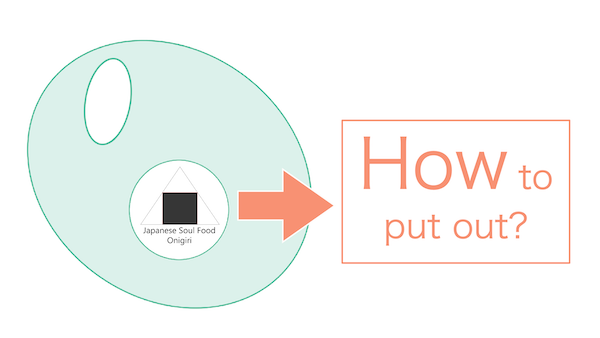
Exocytosis is the name of the process for releasing substances outside the cell.
Now, let's explain in detail how substances are released outside the cell through exocytosis.
Please do!
In exocytosis, the substances to be released outside the cell first move to the cell membrane enclosed in vesicles.
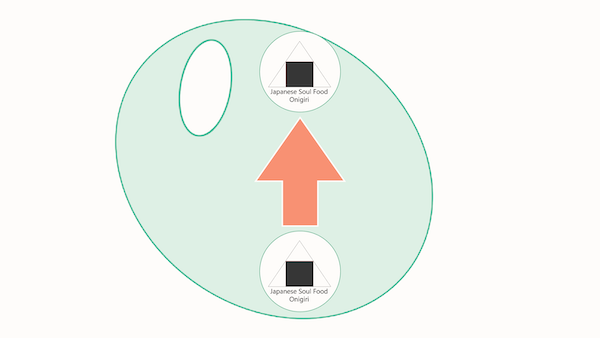
Next, the cell membrane and the vesicle fuse together.
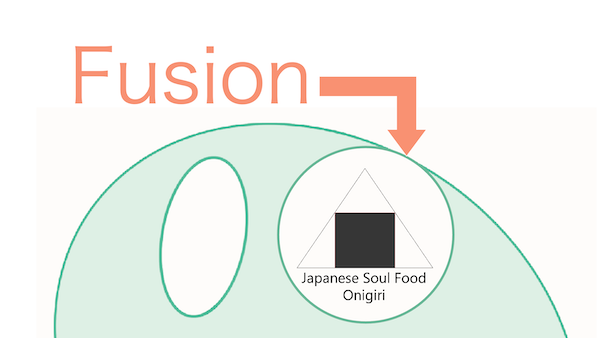
Finally, the fused vesicle opens toward the outside of the cell, allowing the substances to be released into the extracellular space.
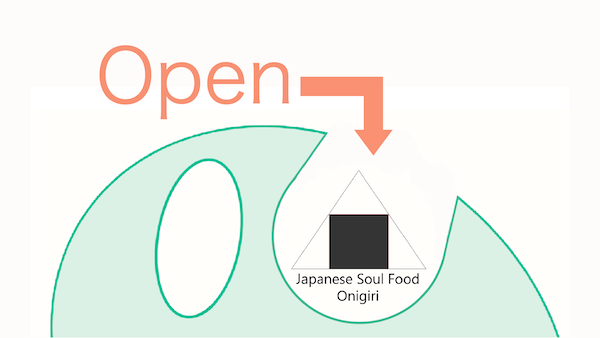
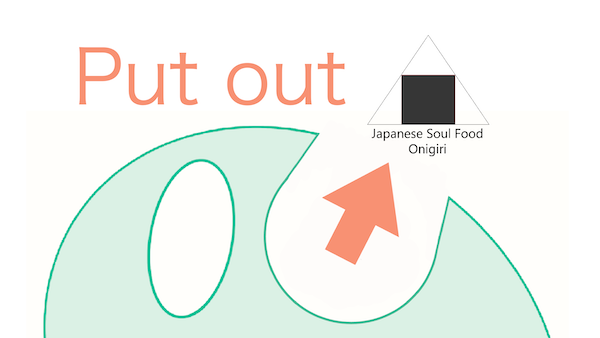
To summarize, the process is as follows.
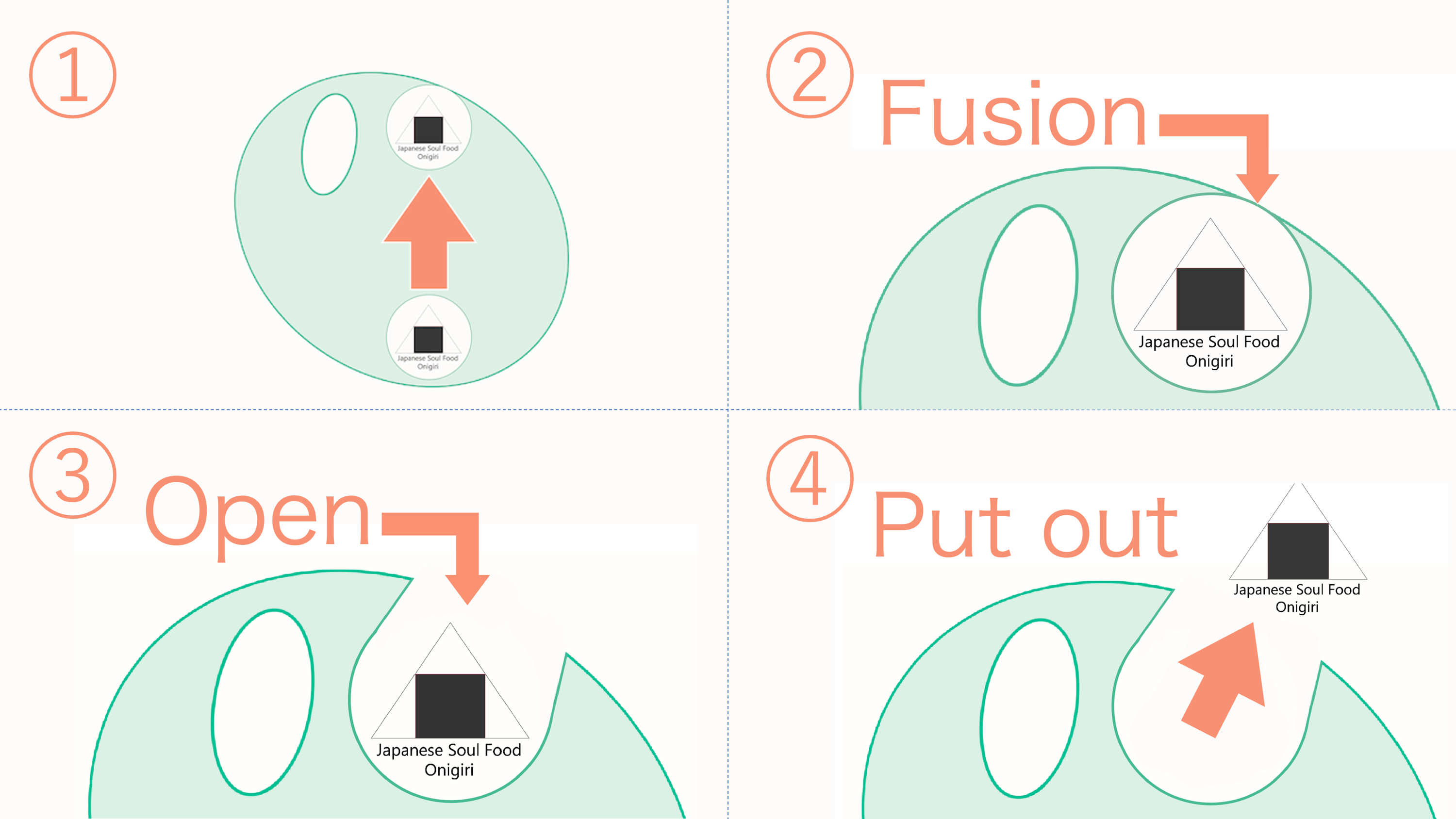
Thanks to the diagram, I barely understood.
That's right, isn't it?
First of all, it's enough if you understand that exocytosis is the process for releasing substances outside the cell.
Practical Examples of Exocytosis
Are large substances initially present inside the cell in the first place?
That's a good question.
It's about when exocytosis is used and in what circumstances.
I see.
Hormones, you know.
Hormones?
Exactly. One of the purposes of exocytosis is to release hormones produced inside the cell to the outside.
What are hormones?
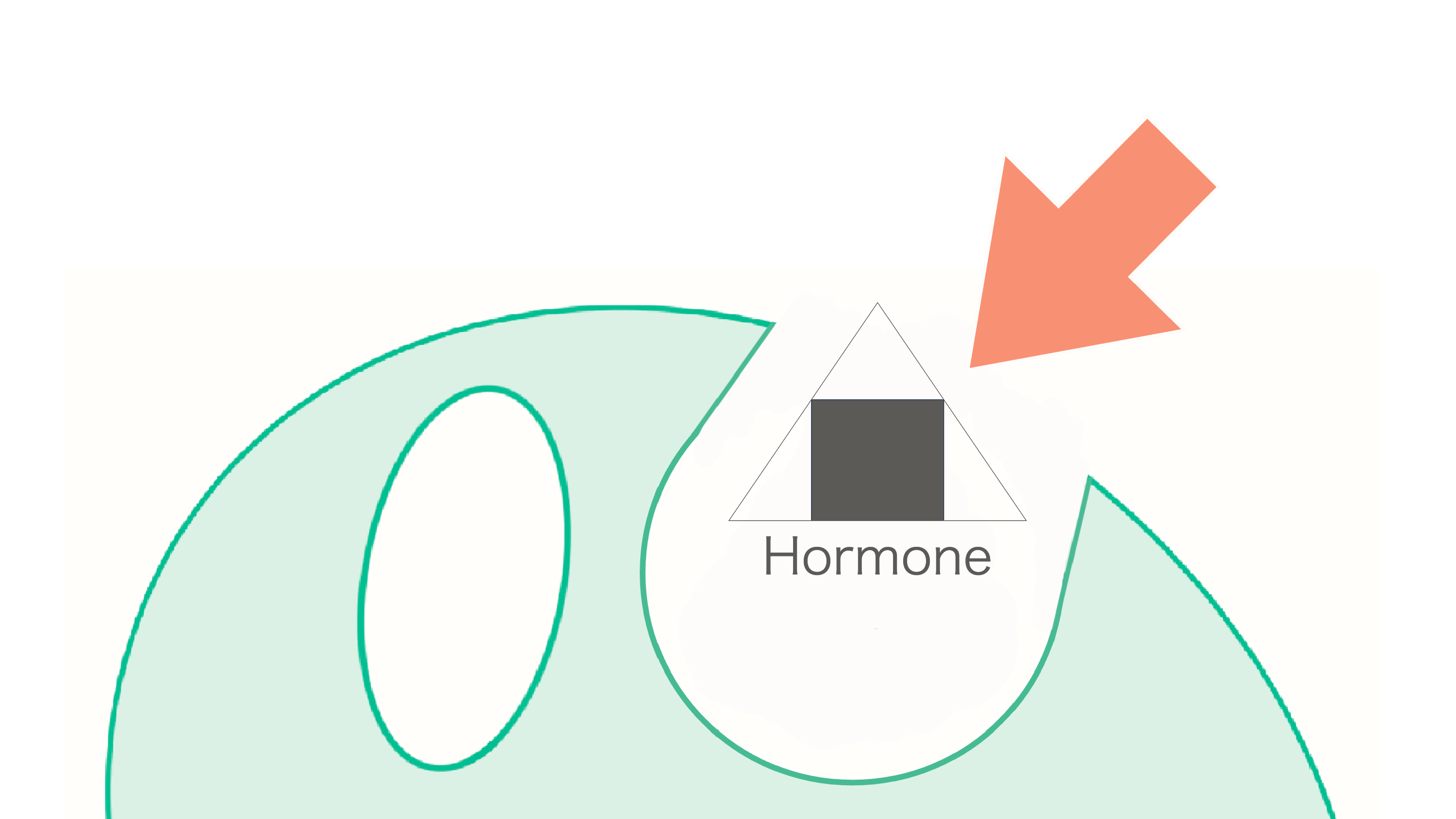
It might get complicated, so we won't go into the details of hormones here, but...
Think of hormones as substances that can give commands to other cells.
Commands?
When I send a hormone with the command "run" to Cellnosuke, it starts running.
You can think of it as orders from a boss, for now.
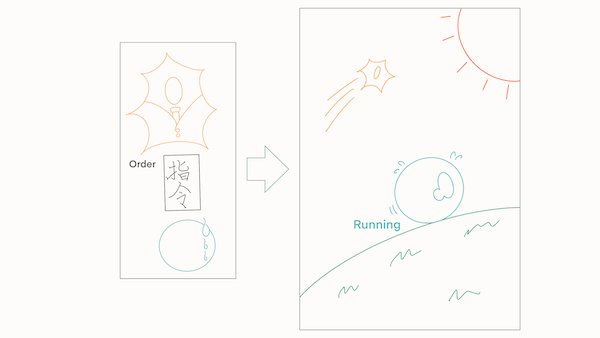
I understand that hormones are amazing.
Some of these hormones are produced inside the cell using proteins.
And as a reminder, proteins are large substances that cannot pass through the small pores in the cell membrane.
Therefore, they need another way to send the hormones they produce outside the cell.
That's where exocytosis comes in.
Ah, I see. I understand it a bit better now!
That's good to hear.
Active Transport
This concludes today's lecture.
As explained in the previous lecture, endocytosis is a form of active transport that uses energy (ATP) to transport substances.
Yes.
Exocytosis is also a form of active transport, similarly utilizing energy (ATP) for transportation.
These two processes are often tested, so make sure to remember them well.
Understood!
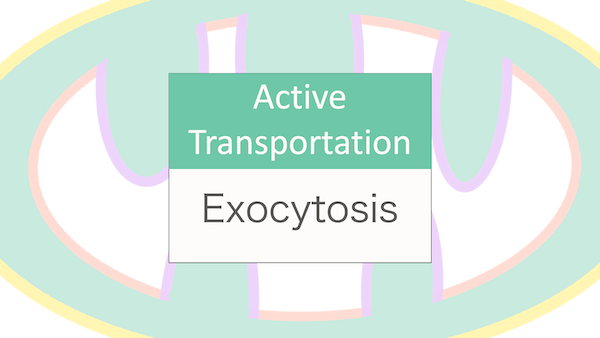
Exocytosis is a form of active transport.
That concludes today's lecture.
Thank you very much!
Lastly, let's solve a question.
Exocytosis
Yes (active transport)